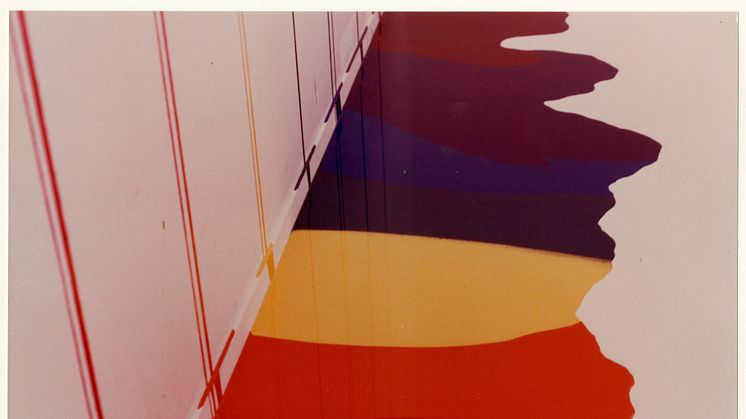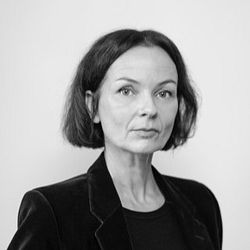
Press release -
Silent Revolt: Norwegian Process Art and Conceptual Art in the 1970s and 80s
Conceptual art has gained a central position in the international art canon, but has been conspicuously absent in Norwegian art history. With “Silent Revolt” the National museum aims to reassess the view of conceptual art as a vacuum in our recent history.
Norwegian Art History Revised Towards the end of the 1960s, conceptual art emerged as a new radical art movement on the international art scene. With a critical approach to the art object, and the institutions, conventions and theories of art, this new movement challenged the prevailing notions of what a work of art could be.
In the writing of Norwegian art history, conceptual art has been conspicuously missing, however, and the movement has never been presented in exhibitions of any great scope.
With “Silent Revolt” the museum aims to reassess the view of conceptual art as a vacuum in our recent history. The exhibition sheds light on the pioneers who in the 1970s and 80s challenged the status of the work of art both as aesthetic object and commodity, and who with their silent revolt paved the way for today’s artistic practices.
Breathing Balloon and Mouldy Bread
The exhibition features 50 works by the artists Bård Breivik, Paul Brand, Marianne Heske, Gerd Tinglum, Viggo Andersen, Bente Stokke, Inghild Karlsen, Lars Paalgard, Oddvar I.N. Daren, Audun Sørsdal, Terje Munthe, Carina Hedén and Ingerid Book. Many of the works have never been shown to a large public before.
The works include a great range of mediums – from photographs and video works that document land art, via interventions, performances, graphic art and photomontages, to large sculptural works. Among the works presented in the exhibition is a reconstruction of an installation of mouldy bread that Bård Breivik created for his debut exhibition in 1974, and Inghild Karlsen's large breathing balloon made of felt and nearly four metres in diameter. Many of the works have never been shown to a large public before.
Debris that is called art
Conceptual art has been described as a revisionist impulse that was directed at the entire art institution. The aim was not only to change the art object, but also the gallery system, social norms, art criticism and art theory. The timing for a radical transformation of Norwegian art was far from ideal, however: the 1970s was in many ways marked by aesthetic conformity, isolationism and political activism. The result was that Norwegian artists who worked with idea-based and dematerialised art rarely gained access to galleries or museums. The art critics did not exactly receive them with open arms either: their works were met with everything from headlines like “Debris that is called art”, to widespread indifference.
***
A richly documented, research-based catalogue written by the exhibition’s curator Ingvild Krogvig will accompany the exhibition. The catalogue will be launched in May.
Contact:
Eva Amine Wold Engeset, press offiser, tlf.: +47 469 50 102 / eva.engeset@nasjonalmuseet.no
Topics
Nasjonalmuseet - We Build A New Future For Art!


